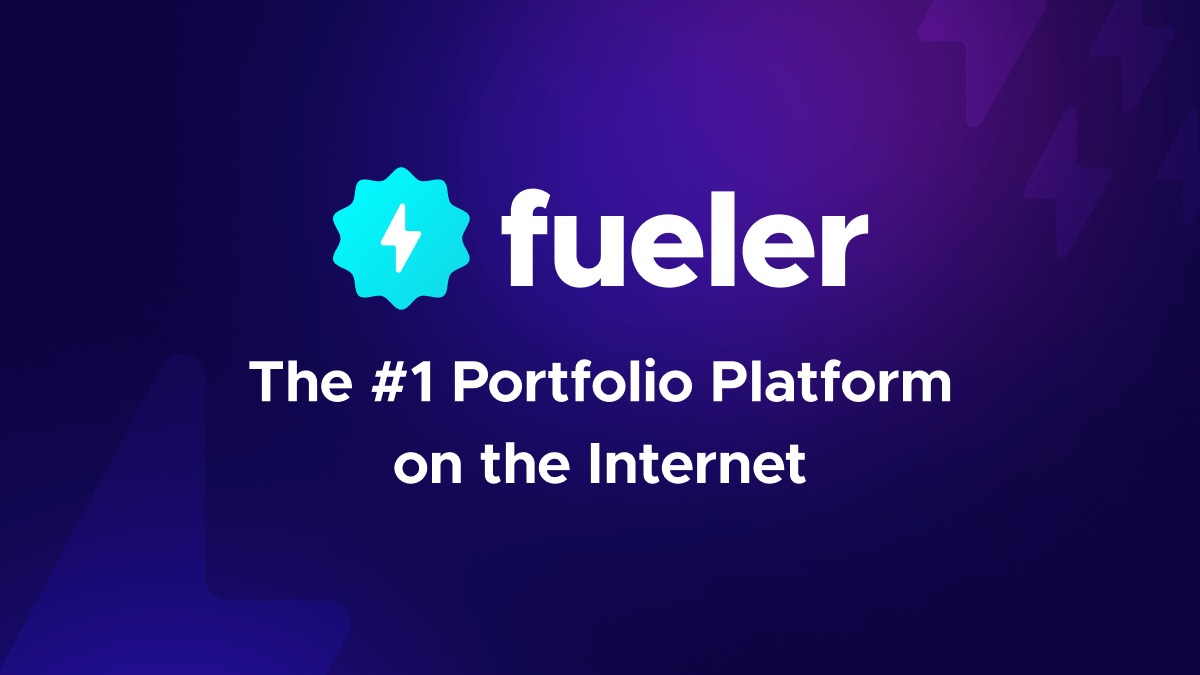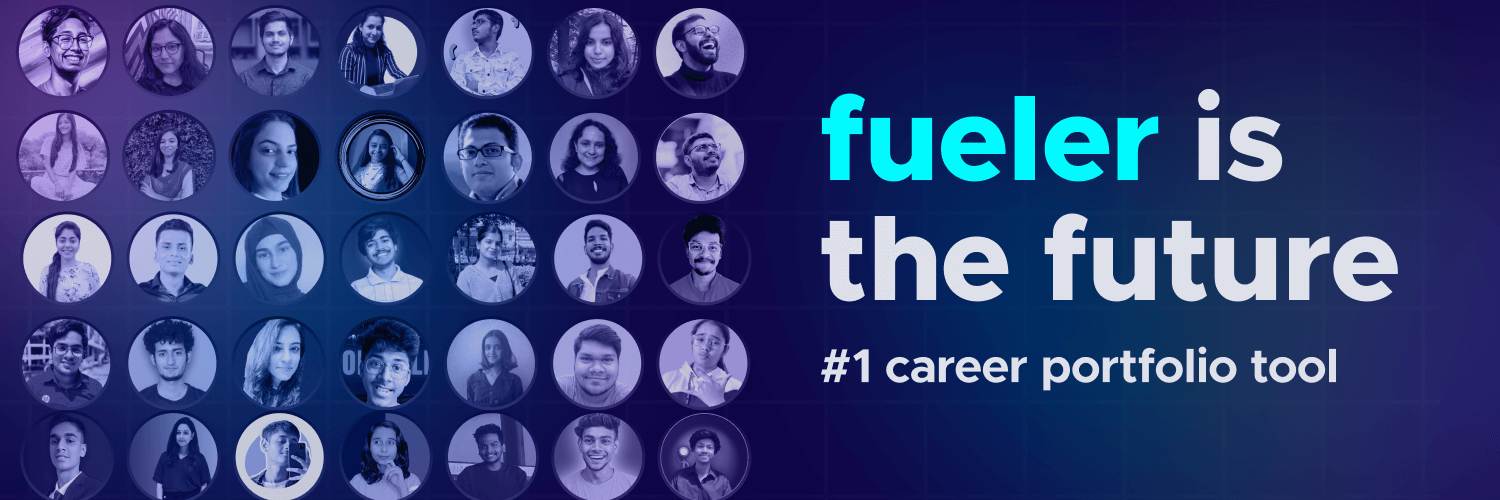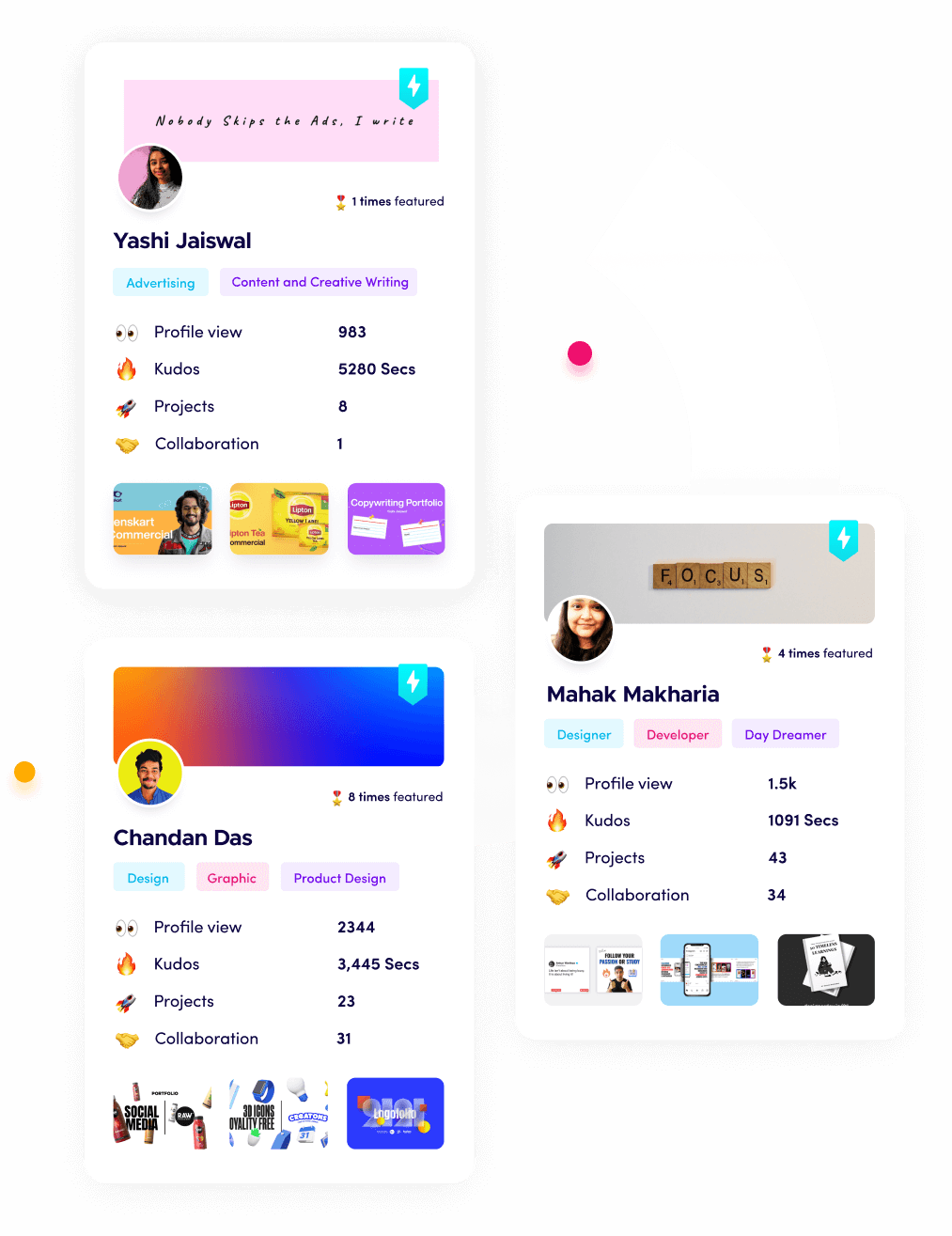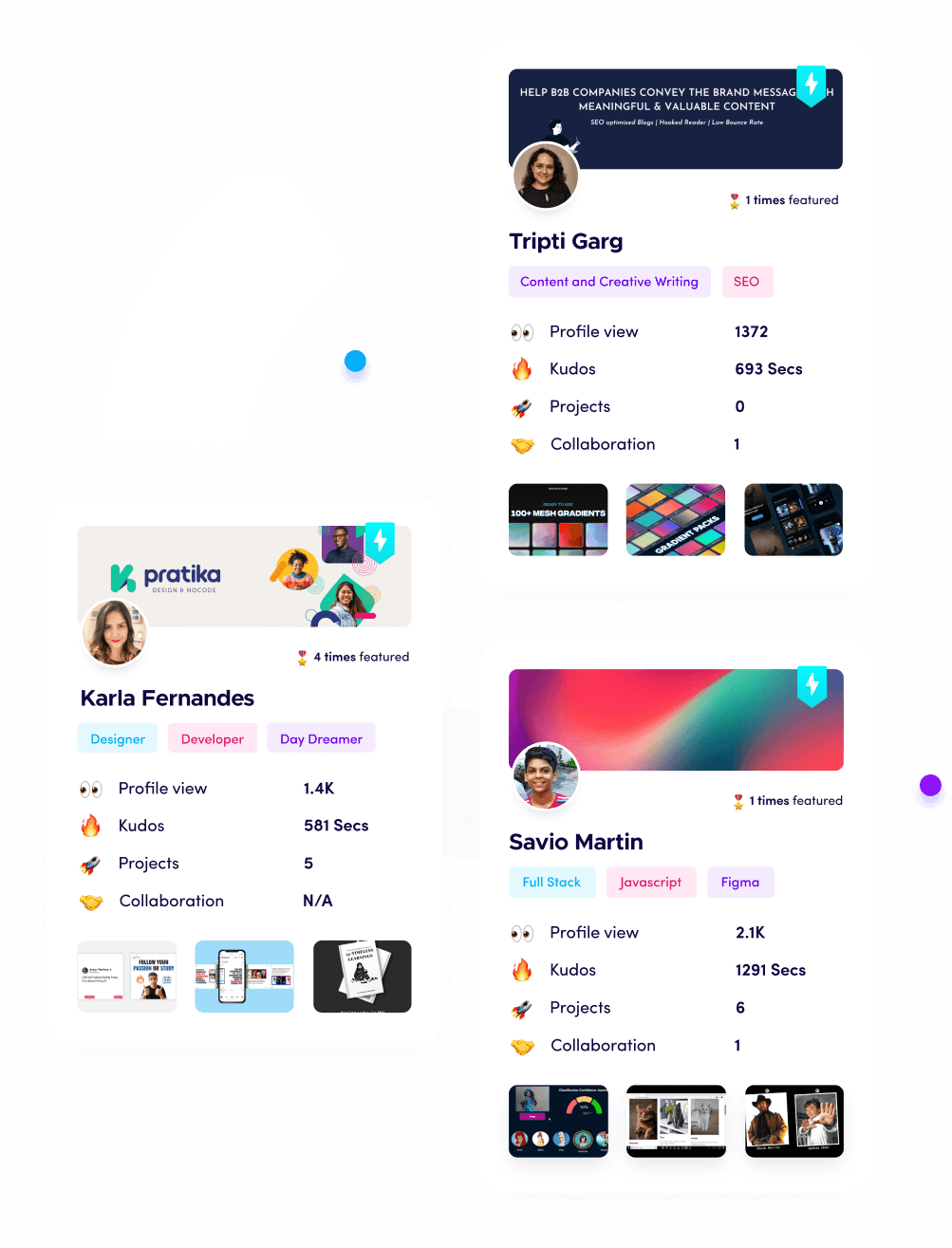Employee Life Cycle: The Ultimate Guide for HR – AIHR

Riten Debnath
11 Jun, 2025

Every employee’s journey in your company is a story full of opportunity, challenges, growth, and decisions that impact both the individual and your organization’s success. Mastering the employee life cycle is not just a good-to-have HR concept — it’s a vital roadmap for creating a motivated workforce, improving retention, boosting productivity, and building a company culture where people want to stay and thrive. Whether you’re an HR professional, team leader, or founder, understanding this life cycle will transform how you attract, develop, and retain talent in 2025 and beyond.
I’m Riten, founder of Fueler — a platform that helps freelancers and professionals get hired through their work samples. In this article, I’m diving deep into the employee life cycle — the full journey an employee takes within your company, from recruitment to exit. Like building a strong portfolio that showcases your best work and skills, managing the employee life cycle well means creating a smooth, supportive, and growth-driven experience for every employee. This process builds trust, loyalty, and high performance, which ultimately drives your business forward.
What is the Employee Life Cycle and Why It Matters?
The employee life cycle (ELC) is a comprehensive framework that outlines every stage an employee goes through while working in an organization. It’s a systematic approach to managing people effectively, understanding their needs at each phase, and aligning HR strategies with company goals.
Why is understanding the ELC important?
- Enhances Employee Experience: A structured life cycle means employees feel valued and supported at every stage.
- Boosts Retention: Employees are less likely to leave when their needs are met consistently through the journey.
- Increases Productivity: Clear expectations, training, and performance management improve output and quality.
- Builds Employer Brand: Happy employees become ambassadors, attracting top talent.
Integrating a biometric attendance system into this process ensures accurate time tracking and fair evaluation, further strengthening transparency and trust in the employee journey.
The 6 Core Stages of the Employee Life Cycle
Let’s break down each stage, highlighting what it means and why it’s crucial:
1. Attraction & Recruitment
Attraction and recruitment are the foundation of the entire cycle. Hiring the right people is essential, but attracting them means much more than just listing a job.
- Employer Branding: The way your company is perceived by potential employees directly influences their interest. Strong employer branding showcases your company culture, values, and benefits, creating an emotional connection before they even apply. Use employee testimonials, social media, and transparent communications to build this.
- Candidate Personas: Understand who your ideal employees are — their skills, motivations, and pain points. Gain a clear understanding of different predictive index types to accurately map candidates’ behavioral tendencies and motivations to your ideal personas, allowing you to craft targeted recruitment messaging and attract individuals most likely to succeed in your roles. Target your recruitment marketing accordingly.
- Diverse Recruitment Channels: Use job portals, LinkedIn, industry-specific forums, and innovative platforms like Fueler, where companies can assess candidates through practical assignments rather than just resumes. This gives a clear picture of skills and work style, improving hire quality.
- Inclusive Job Descriptions: Avoid jargon and biased language. Write clear, concise, and appealing descriptions that attract a wide range of candidates.
Why this matters:
The recruitment phase sets the tone for your employee’s entire experience. A poor hiring process wastes time, money, and lowers morale. To improve efficiency and organization, many companies rely on HR software to streamline candidate management and track progress.
2. Onboarding
Onboarding is the critical bridge between accepting the offer and becoming a productive team member. employee onboarding software can helps for smooth employee onboarding process.
- Comprehensive Orientation: Help new hires understand company values, mission, and policies. This creates alignment and reduces confusion.
- Role Clarity: Clearly outline responsibilities, expectations, and success metrics so new employees know exactly what is expected of them.
- Technology Setup: Ensure their tools, systems, and accesses are ready on day one to avoid frustration.
- Mentorship Programs: Pair new hires with experienced employees who can answer questions and provide guidance.
- Early Feedback: Schedule check-ins during the first 30, 60, and 90 days to track progress, address concerns, and provide support. HR Outsourcing Support: For growing companies or distributed teams, HR outsourcing can streamline onboarding tasks such as documentation, compliance tracking, and orientation logistics, ensuring consistency and scalability.
Why this matters:
Good onboarding can improve new hire retention by 82% and productivity by over 70%, according to recent studies. It also speeds up time-to-value for both employee and employer.
3. Development & Training
Learning and development (L&D) is no longer optional. Employees expect companies to invest in their growth continuously.
- Personalized Learning Paths: Customize training to individual career goals and skill gaps. Use assessments and surveys to identify needs.
- Soft Skills Training: Communication, leadership, and teamwork skills are as important as technical abilities.
- Technology and Tools: Leverage online platforms, workshops, certifications, and microlearning to make training accessible and engaging.
- Career Development Planning: Help employees map out career trajectories within the company, showing pathways for advancement and promotion.
- Leadership Development: Identify high-potential employees and groom them for leadership roles through coaching and mentorship.
Why this matters:
Investing in employee development reduces turnover and creates a culture of continuous improvement and innovation.
4. Performance Management
The old once-a-year review model is outdated. Modern performance management is dynamic, transparent, and supportive.
- Goal Alignment: Set SMART (Specific, Measurable, Achievable, Relevant, Time-bound) goals that tie individual work to company objectives.
- Continuous Feedback: Create a culture where managers and peers provide timely feedback, recognizing achievements and addressing issues early.
- Development Conversations: Use performance reviews to focus on growth opportunities, not just evaluation.
- Recognition Systems: Publicly celebrate accomplishments through awards, shoutouts, and incentives to boost morale.
- Data-Driven Decisions: Use performance analytics to identify trends and support talent decisions.
Why this matters:
Good performance management increases employee engagement and helps identify future leaders.
5. Retention & Engagement
Keeping your best people requires active efforts focused on their happiness, growth, and well-being.
- Employee Recognition: Regularly acknowledge contributions, both big and small. Recognition leads to increased job satisfaction and loyalty.
- Work-Life Balance: Offer flexible schedules, remote work options, wellness programs, and mental health support.
- Communication & Inclusion: Maintain transparent communication about company news, changes, and encourage two-way feedback. Foster diversity and inclusion so every employee feels valued. Group facilitation training can further strengthen these efforts by equipping leaders with the skills to guide discussions, resolve conflicts, and create an environment where all voices are heard.
- Employee Surveys: Regular pulse surveys and action plans help understand employee sentiment and fix problems quickly.
- Career Advancement: Provide opportunities for promotion, lateral moves, and new challenges to keep motivation high.
Why this matters:
Engaged employees are 17% more productive and 21% more profitable, says Gallup research. Retention reduces hiring costs and maintains institutional knowledge.
6. Separation & Offboarding
Every ending is a new beginning. The way you handle employee exits affects your brand and future recruitment.
- Exit Interviews: Conduct honest, respectful conversations to understand why employees leave and what can be improved.
- Knowledge Transfer: Develop a formal process to transfer responsibilities and information smoothly to avoid disruption.
- Positive Offboarding: Make sure employees leave on good terms, with support and closure. This increases chances of them returning or referring others.
- Alumni Networks: Keep connections alive with former employees who can become clients, contractors, or brand advocates.
Why this matters:
A respectful offboarding experience protects your company reputation and builds long-term relationships.
How Fueler Fits into the Employee Life Cycle
In today’s competitive talent market, companies need smarter hiring solutions. Fueler is uniquely positioned in the recruitment phase, helping businesses hire through real assignments instead of just resumes or interviews. This practical assessment approach not only ensures better skill fit but also shortens hiring cycles and reduces the risk of bad hires.
Using Fueler, companies can streamline the attraction and recruitment process while providing candidates a chance to showcase their capabilities in real-world scenarios. This integration into the employee life cycle boosts hiring efficiency and overall employee satisfaction from day one.
Trends Shaping the Employee Life Cycle in 2025
- Remote and Hybrid Work Models: Flexibility is no longer a perk but a necessity.
- AI in HR: From recruiting chatbots to performance analytics, AI tools are transforming how HR teams manage the employee journey.
- Employee Wellness: Mental health and holistic wellness programs are a top priority for retention.
- Diversity, Equity & Inclusion (DEI): Businesses are committing to DEI not only in hiring but throughout the employee experience.
- Gig and Freelance Integration: Organizations are blending full-time employees with freelancers and contractors to stay agile.
Understanding these trends helps HR adapt the employee life cycle to modern expectations.
Final Thoughts
Mastering the employee life cycle is a powerful way to elevate your HR strategy and overall business performance. By focusing on every phase — from attracting talent to offboarding — you create an environment where employees feel valued, supported, and motivated to grow. In the end, this leads to stronger teams, better products, and a thriving company culture.
Remember, the employee life cycle is not static; it requires constant review and improvement to stay relevant in an ever-changing workplace. Leveraging innovative tools like Fueler in the recruitment phase can give you a competitive edge, ensuring you hire the right people who will grow with your company.
FAQs
1. What is the employee life cycle in HR?
The employee life cycle is the full journey an employee takes within a company, including recruitment, onboarding, development, performance management, retention, and separation.
2. How can companies improve employee retention?
By enhancing onboarding, providing continuous training, recognizing achievements, supporting work-life balance, and fostering open communication.
3. What role does performance management play in the employee life cycle?
It helps set clear goals, gives regular feedback, recognizes contributions, and supports employee growth to maximize productivity.
4. How does Fueler improve the recruitment process?
Fueler allows companies to hire candidates through real work assignments, showing true skills and fit beyond resumes and interviews.
5. Why is offboarding important in the employee life cycle?
Proper offboarding maintains company reputation, gathers feedback to improve workplace, and keeps positive relationships with former employees.
What is Fueler Portfolio?
Fueler is a career portfolio platform that helps companies find the best talents for their organization based on their proof of work.
You can create your portfolio on Fueler, thousands of freelancers around the world use Fueler to create their professional-looking portfolios and become financially independent. Discover inspiration for your portfolio
Sign up for free on Fueler or get in touch to learn more.


